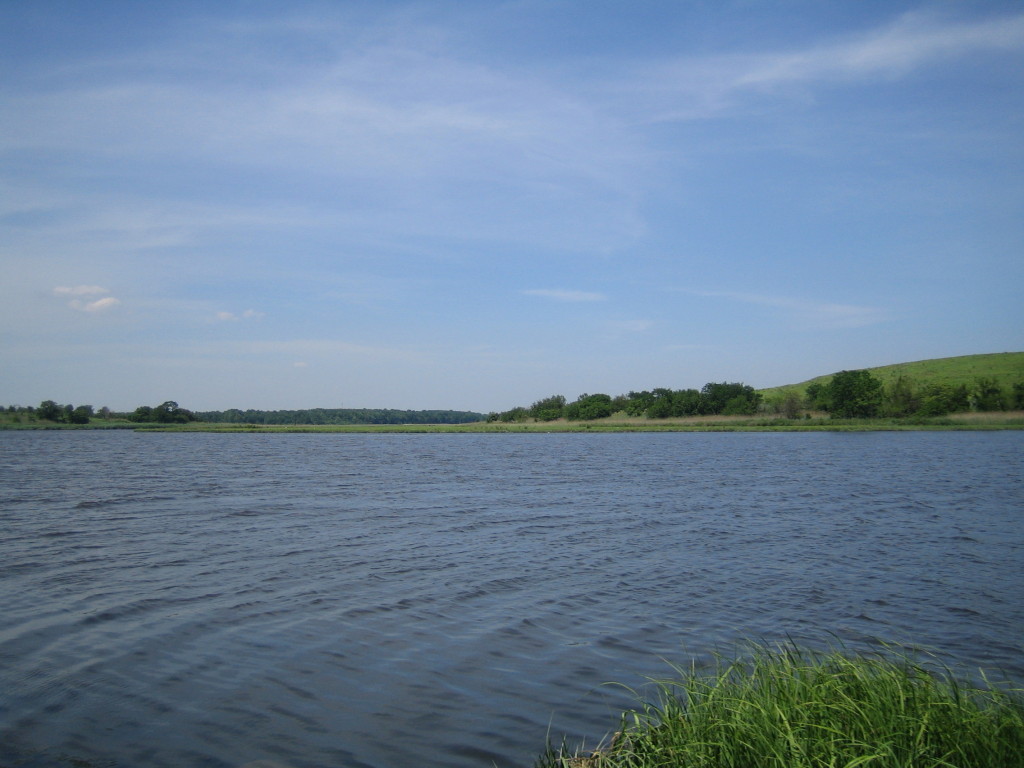Citizen Science: Water Monitoring Project for Students

This spring, 6th-12th grade students in Staten Island will have the chance to participate in a Citizen Science water monitoring project at Freshkills Park. The project will be overseen by Manager of Science and Research Development Cait Field and fellow NYC Department of Parks and Recreation staff. This is an opportunity for students to contribute to ongoing research projects at the park by collecting basic water quality metrics.
The New York City Department of Sanitation conducts surface water monitoring to confirm that landfill byproducts are not affecting the creeks. The goal of the Citizen Science project will be to collect water quality data to provide insight into wildlife changes at the site. Patrick Hofsommer, who is serving as the Citizen Science Volunteer Coordinator during his year with Civic Corps, explains the details, goals, and benefits of the program.
In your own words, why is Citizen Science awesome?
The Citizen Science program is a fantastic way for students and volunteers to engage in environmental stewardship while learning about the ecology of our wetlands and waterways. They’ll get experience working with accredited water monitoring lab equipment, and they’ll get to take a trip out to Freshkills Park and take a tour around the rolling landscape, learning about the site and the role it’s played in shaping Staten Island’s history. It’s also a great way to take a more active volunteering role in New York City!
Who should participate?
The program is great for classes of students in grades 6–12 – they’ll be able to work in the field, getting real-life experience in thinking with the scientific method. We’re also looking for some dedicated individual volunteers to help conduct monitoring, especially during the summer months when schools are out of session – I’d encourage anyone with an interest in urban ecology to get in touch!
What will students and teachers gain?
The program will get students involved in the scientific process. In bringing them on-site, we’ll be introducing the idea of citizen science, or research conducted or assisted by non-professionals – people who don’t make a living doing science. By getting students involved in environmental stewardship and community volunteerism early, we hope we’ll strike a spark that they’ll continue for the rest of their lives.
We also want to give students some context into the importance of what they’re studying, so we’re developing an accompanying lesson plan for teachers as part of the program. The lesson goes over important topics like water quality and wetland ecology, as well as some subjects more focused towards Staten Island, like waste streams and the history of Freshkills – all the way from a wetland, to a landfill, and now into a park. Ideally teachers will use it to help students understand why the research they’re doing is important to their community, and how they’ll be making a difference by participating in the program.
Why is this important for Freshkills Park?
The Department of Sanitation conducts annual water quality tests of their own within the park to ensure the safety of the site to its visitors and that the landfill infrastructure is properly functioning. In this program, we’re interested in collecting water quality metrics regularly throughout the warm weather season in order to study the ongoing conditions of the wildlife that now call Freshkills Park home.
The waterways in Freshkills Park are a tidal estuary and home to a wide variety of living creatures, serving a crucial function in the larger Hudson watershed ecosystem. Ultimately, we’re looking to get baseline information to share with the community so that we can understand the condition of the creeks right now and where we can look to improve in the future.




